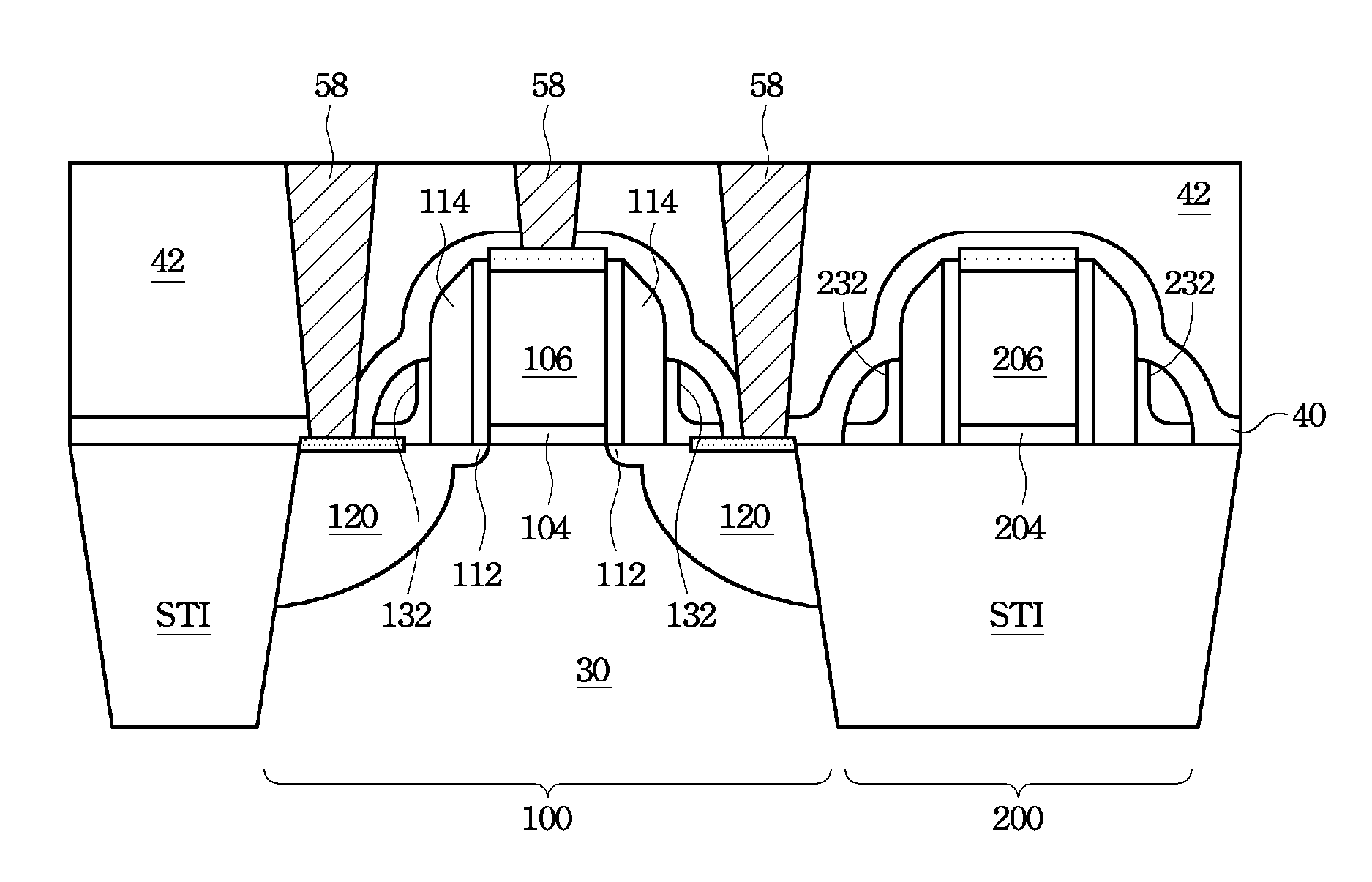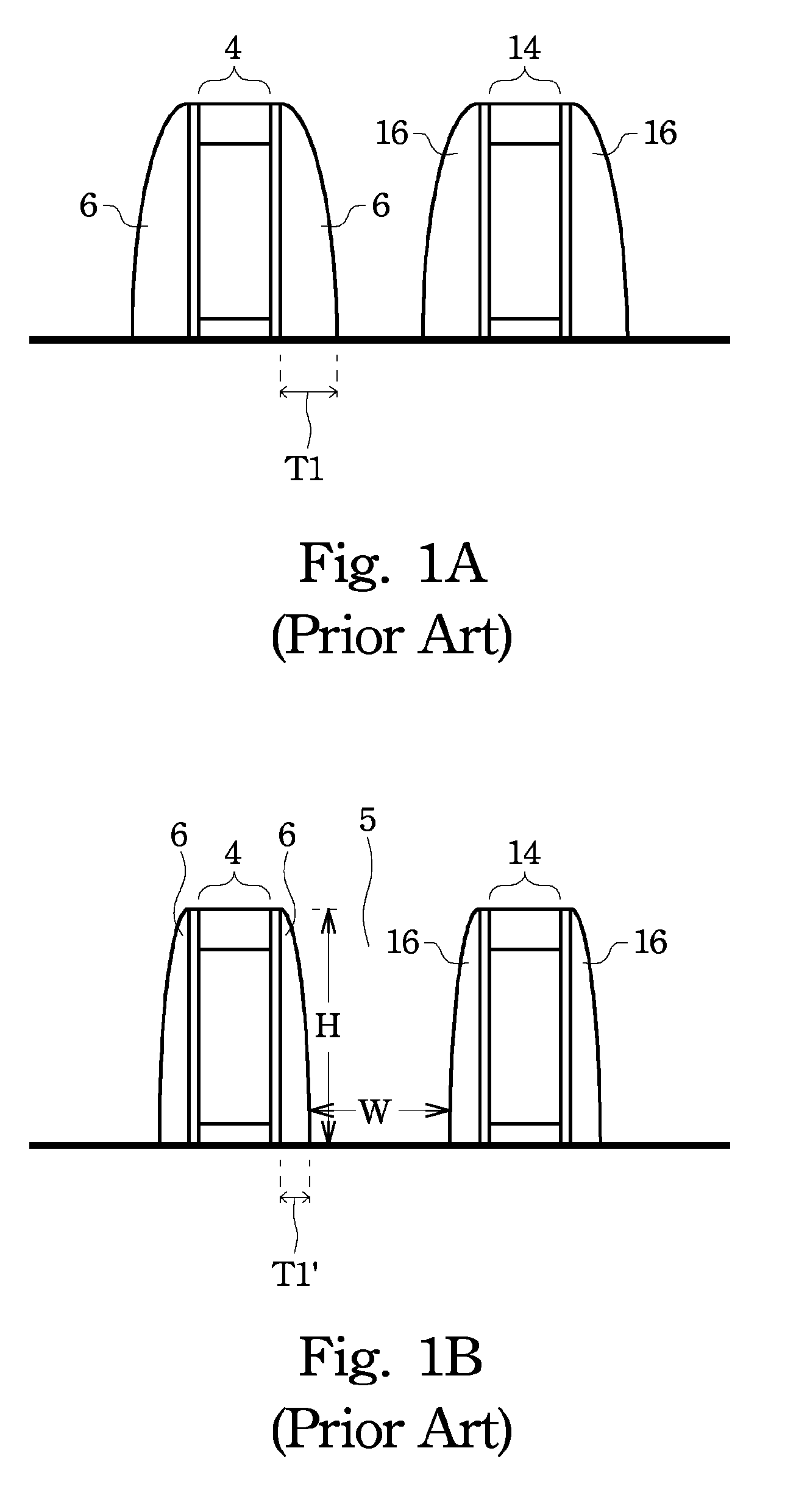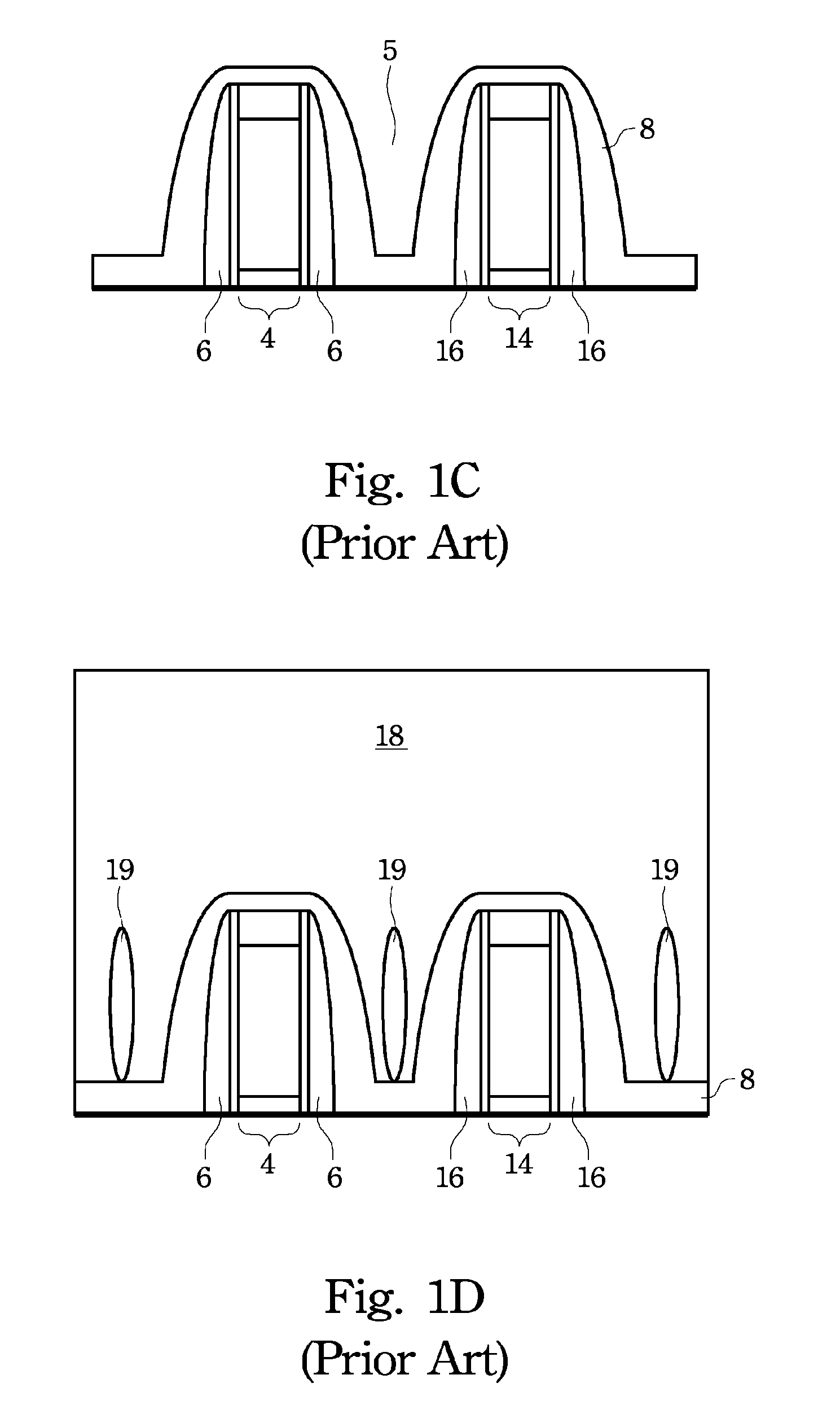Spacer shape engineering for void-free gap-filling process
a technology of spacer shape and gap-filling process, which is applied in the direction of semiconductor devices, basic electric elements, electrical equipment, etc., can solve the problems of constant effort in scaling of vlsi circuits, circuits becoming smaller and faster, and the distance between devices decreasing, so as to improve the effect of gap-filling
- Summary
- Abstract
- Description
- Claims
- Application Information
AI Technical Summary
Benefits of technology
Problems solved by technology
Method used
Image
Examples
Embodiment Construction
The making and using of the presently preferred embodiments are discussed in detail below. It should be appreciated, however, that the present invention provides many applicable inventive concepts that can be embodied in a wide variety of specific contexts. The specific embodiments discussed are merely illustrative of specific ways to make and use the invention, and do not limit the scope of the invention.
A novel method for forming metal-oxide-semiconductor devices and filling the gaps therebetween is provided. The intermediate stages of manufacturing a preferred embodiment of the present invention are illustrated. The variations of the preferred embodiments are then discussed. Throughout the various views and illustrative embodiments of the present invention, like reference numbers are used to designate like elements.
Referring to FIG. 2, substrate 30 is provided. Substrate 30 includes regions 100 and 200 adjacent to each other. In an embodiment, region 100 is for forming a MOS devi...
PUM
 Login to View More
Login to View More Abstract
Description
Claims
Application Information
 Login to View More
Login to View More - R&D
- Intellectual Property
- Life Sciences
- Materials
- Tech Scout
- Unparalleled Data Quality
- Higher Quality Content
- 60% Fewer Hallucinations
Browse by: Latest US Patents, China's latest patents, Technical Efficacy Thesaurus, Application Domain, Technology Topic, Popular Technical Reports.
© 2025 PatSnap. All rights reserved.Legal|Privacy policy|Modern Slavery Act Transparency Statement|Sitemap|About US| Contact US: help@patsnap.com



